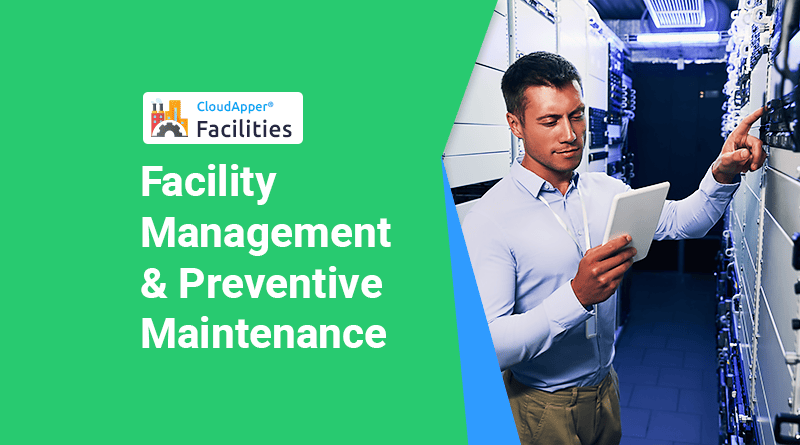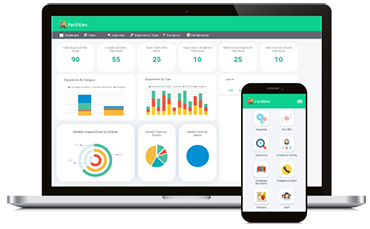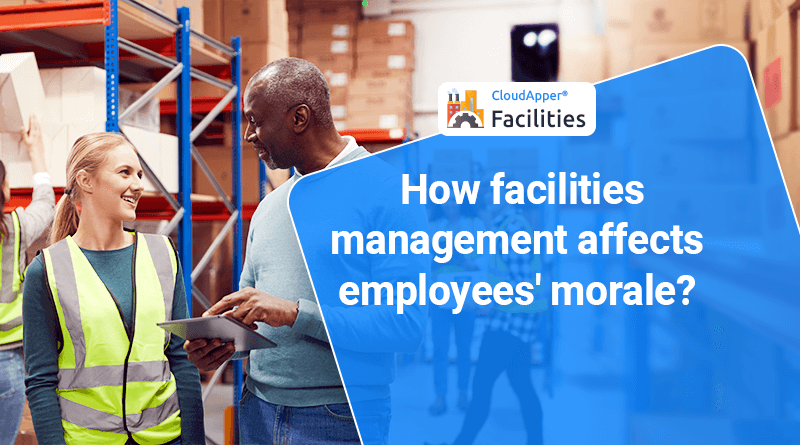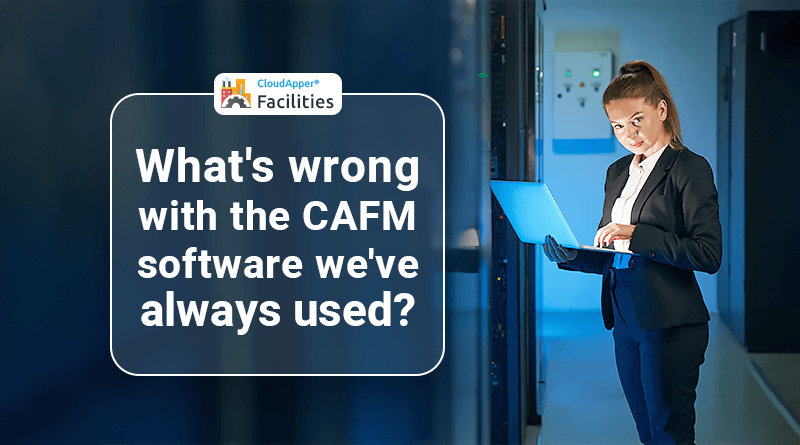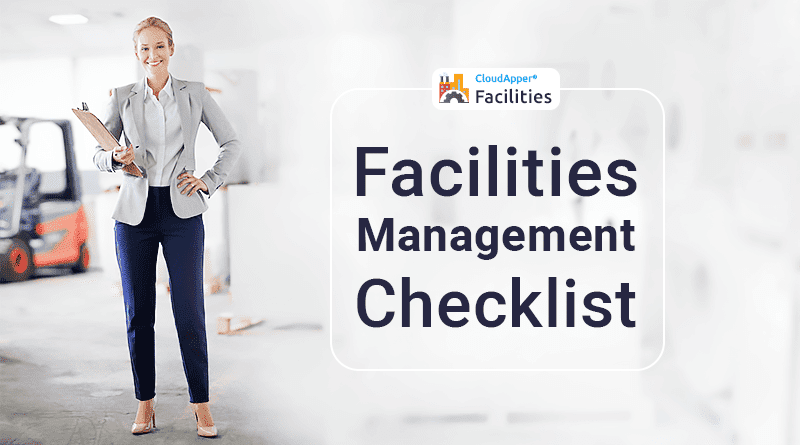Facility management is based on prioritising maintenance, assessing outstanding repairs and planning continuing equipment and building obligations. Managing the facility’s maintenance needs is the primary role of the facility manager.
Previous requests, present bottlenecks and forthcoming opportunities all contribute to planning the facility’s accomplishments. Reviewing current conditions, maintenance and repairs development and forward planning, which guarantees maintenance timetables remain financed and on time; are all essential projects.
An assessment of the facility must be regularly undertaken to ascertain its current state and identify impending depreciation of the facility and resources. An assessment can be comprehensive e.g., investigating each facility or equipment in detail. Or it can be as discreet as a general viewing of the facility. When the assessment is completed, any maintenance or renovation requirements can be addressed; plus, future restorations and potential bottlenecks can be tackled.
Facility Evaluations
The two main methods of assessing a facility’s needs are trusting the facility manager’s expertise and comprehension of their role and undertaking a facility condition audit. The facility manager has thorough understanding of the facility, its strengths, weaknesses, equipment, maintenance, repair needs and assets. A facility condition audit prepares an in depth report on the facility’s procedures and equipment, which enables management to recognize upcoming demands, set priorities and organize proposals. The facility condition audit helps the facility manager to make future long and short term plans, based on its findings and recommendations.
Conducting a Facility Audit
A thorough facility audit may involve grounds, utilities, buildings, equipment or all. A facility audit will determine the current and impending nature of the facility. It incorporates devising audit questions, data collection, providing schedules, estimates and a full written report of the outcomes.
A Facility Condition Index (FCI) which details equipment conditions, refurbishment and additional requests, future costings and other necessities; may be requested by the facility manager’s once the initial audit is delivered. It is essential for the facility manager to ascertain the primary function and required activities of the audit before it begins.
The FCI is a calculation that divides the deferred maintenance needs value by the facility’s present replacement value. A 0.1 FCI determines that deferred maintenance represents 10% of the facility’s replacement value. When the FCI has been verified by an audit, the facility manager is able to make comparisons between facilities, to establish goals to lower the FCI and decrease overdue maintenance bottlenecks within a precise period.
Life Cycle Costing
Once a facility audit is finalized, a Life Cycle Costing Program can be established by the facility manager. Preventative and repair maintenance, plus financial regeneration overheads are also reviewed over long-term or short-term periods. Equipment and facility expenditures are accounted for, not include energy or occupant usage, which is different to the total ownership costs. The implementation of such a program assists the supervision, organization, budgeting imminent repairs, maintenance arrangement and monitoring of the facility’s future expenses for years in advance.
The Life Cycle Costing outcomes will enable facility managers to submit a positive report or business case, including expenses, to the management or leadership team, when individual maintenance and refurbishment works are necessary. The management or leadership team are more likely to sign off and agree required works once they are aware of the savings and reduction in bottlenecks which will be prevented.
In conclusion, the Life Cycle Costing Program includes an assessment of the facility utilizing the facility manager’s expertise and comprehension of their role or undertaking a facility condition audit. The assessment results assist the facility manager and keeps them informed of impending requirements. It is an essential component in facility management, as it creates extensive repair, maintenance and alternative timetables including expenses. These enable the facility manager to be knowledgeable and updated on the important, essential requirements of the facility during the short and long-term.
What is CloudApper AI Platform?
CloudApper AI is an advanced platform that enables organizations to integrate AI into their existing enterprise systems effortlessly, without the need for technical expertise, costly development, or upgrading the underlying infrastructure. By transforming legacy systems into AI-capable solutions, CloudApper allows companies to harness the power of Generative AI quickly and efficiently. This approach has been successfully implemented with leading systems like UKG, Workday, Oracle, Paradox, Amazon AWS Bedrock and can be applied across various industries, helping businesses enhance productivity, automate processes, and gain deeper insights without the usual complexities. With CloudApper AI, you can start experiencing the transformative benefits of AI today. Learn More
